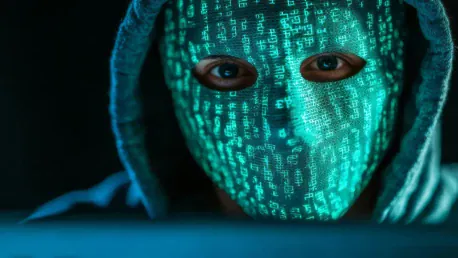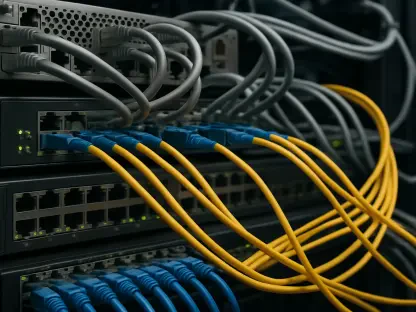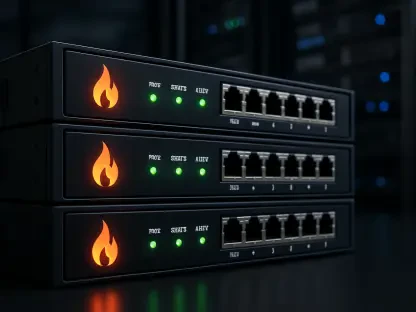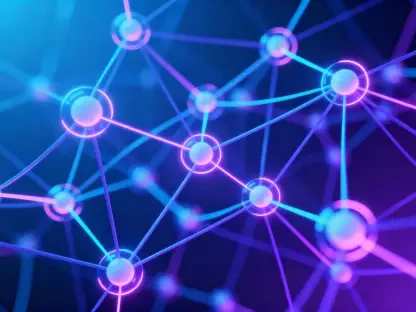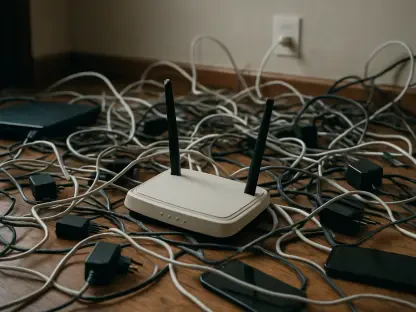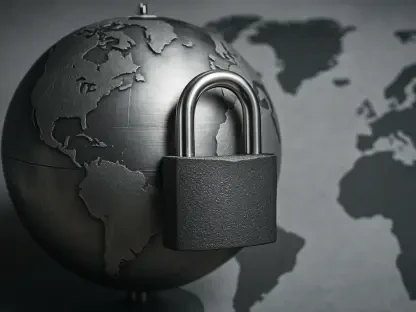The Evolving Threat Landscape
Cybersecurity firm TeamT5 has reported that the Chinese state-linked advanced persistent threat (APT) group UNC5221 has capitalized on vulnerabilities in Ivanti Connect Secure VPN appliances. This has allowed the infiltration of organizations across 12 countries and numerous industries. The incidents have highlighted a growing concern in the cybersecurity realm and have prompted a detailed analysis of emerging trends, crucial vulnerabilities, and the strategies organizations must adopt to ensure resilient protection.
Contextualizing the Current Threat
To fully grasp the impact of UNC5221’s campaign, we need to look at the backdrop of historical cyber espionage and the evolution of APT groups. Over recent years, the cybersecurity domain has been shaped by notable breaches, such as the SolarWinds attack, which demonstrated the sophisticated mechanisms of state-sponsored cyber intrusions. These incidents reveal the long-term strategic objectives of these groups and underscore the persistent threats facing global industries.
Examining UNC5221’s Methods and Impact
Leveraging Ivanti VPN Exploits
The core of UNC5221’s strategy has been the exploitation of Ivanti Connect Secure VPN vulnerabilities, specifically CVE-2025-0282 and CVE-2025-22457, both regarded with a maximum CVSS score of 9.0. These flaws enable remote code execution (RCE) and persistent network access, a significant risk due to the rapid deployment of the sophisticated SPAWNCHIMERA malware suite. Despite Ivanti releasing patches in early 2025, the lack of timely adoption by many organizations has left numerous devices exposed, emphasizing the critical challenges in effective vulnerability management.
The Deployment of SPAWNCHIMERA
The advanced SPAWNCHIMERA malware suite consists of several key components that enable UNC5221 to maintain covert access and evade detection:
- SPAWNANT: Bypasses integrity checks.
- SPAWNMOLE: Facilitates traffic tunneling via SOCKS5 proxy.
- SPAWNSNAIL: Operates as an SSH backdoor.
- SPAWNSLOTH: Cleans logs to avoid traceability.
These components allow the group to exfiltrate sensitive data and persist within the network infrastructure, demonstrating a significant leap in the operational capabilities of state-sponsored attackers.
Extensive Global and Sectoral Reach
The campaign spans multiple countries, including Austria, Australia, France, Spain, Japan, South Korea, the Netherlands, Singapore, Taiwan, the UAE, the UK, and the U.S. It targets critical sectors such as governmental bodies, financial institutions, telecommunications, law firms, and intergovernmental organizations. This extensive reach illustrates the geopolitical motives behind the group’s operations. Additionally, it sheds light on the varying levels of regional preparedness and responses, reflecting the complexity of the global cybersecurity defense landscape.
Projecting Future Trends in Cybersecurity
Sophistication and Persistence of Cyber Threats
The use of advanced malware by UNC5221 signals a shift toward increasingly sophisticated cyber threats. There is a growing need for dynamic and robust defense mechanisms to counter such developments. The slow adoption of patches and the persistent nature of these threats require organizations to prioritize cybersecurity measures and remain vigilant about potential vulnerabilities.
Geopolitical Influences on Cyber Operations
Geopolitical tensions are significantly driving the surge in cyber espionage activities. Adversaries are using advanced methods to infiltrate and maintain access to critical infrastructure. The interplay between geopolitical motives and sophisticated cyber techniques is expected to intensify, demanding a proactive and coordinated global response.
Enhancements in Threat Detection and Response
The anticipation of future technological advancements in threat detection and response is vital. Organizations are likely to see increased emphasis on regulatory changes, innovative solutions for real-time threat monitoring, and enhanced international cooperation to mitigate such pervasive threats.
Strategic Insights and Recommendations
Immediate and Proactive Measures
Organizations must prioritize immediate application of patches released by Ivanti to close vulnerabilities. Conducting thorough network forensic analyses, resetting compromised devices, and revoking exposed credentials are essential steps. These measures will help contain breaches and mitigate the potential for future attacks.
Improving Patch Management and Intelligence Sharing
Accelerating patch management processes and fostering improved threat intelligence sharing across sectors are crucial. Establishing a proactive defense posture requires internalizing lessons from current cyber incidents to better prepare for emerging threats.
Enhancing Cybersecurity Culture
Fostering a culture of continuous improvement in cybersecurity practices is essential. Organizations should invest in training, enhance their security protocols, and encourage collaboration across departments to ensure a robust defense against sophisticated adversaries.
Strategic Insights and Future Considerations
The activities of UNC5221 reveal a pressing need for heightened vigilance and proactive cybersecurity measures. As cyber threats evolve, robust defense mechanisms such as dynamic patch management and real-time threat detection become even more critical. Moving forward, collective action and sustained vigilance are essential in maintaining resilient cybersecurity infrastructure to counter such sophisticated state-sponsored threats. Ensuring a proactive stance and encouraging continuous improvement within organizations can significantly strengthen defenses, aiding in the global effort to combat advanced cyber espionage.
